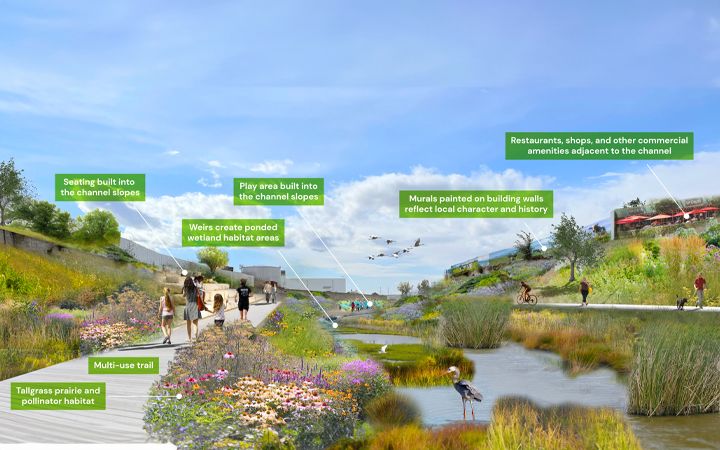
EPA helps communities revitalize contaminated sites
We help the U.S. Environmental Protection Agency’s (EPA) Brownfields and Land Revitalization Program provide communities with technical assistance to assess, clean up, and sustainably reuse contaminated properties across the U.S.
Our collaborative and multidisciplinary teams provide on-the-ground technical assistance to municipalities, non-profits, and tribes—including communities that have faced decline due to factors such as pollution, market forces, and underinvestment.
Challenge
Vacant and potentially polluted sites pose economic problems for communities. Community members want action but redeveloping or reusing these “brownfields” sites is complicated by the perceived or actual contamination that may affect the health and safety of residents. The path to successful site clean-up and revitalization is complex, requiring wide ranging stakeholder engagement. This requires input and coordination with a host of different federal, state, tribal, and local community organizations, including planning, economic development, public works, and engineering agencies.
Solution
Our technical assistance teams work to help communities understand not only what types of reuses (e.g., residential, commercial, mixed use, or greenspace) are the most economically viable, but what the future redevelopment possibilities of contaminated and abandoned sites might be. That included visualizing future options through 2D plans and 3D renderings of different reuse scenarios.
We developed realistic strategies on how to overcome technical, administrative, and fiscal obstacles for a wide range of property types, including abandoned factories, paper plants, mines, mills, churches, schools, and power plants. Our team of environmental scientists, planners, engineers, economists, real estate specialists, architects, health specialists, climate scientists, ecologists, and energy experts collaborated to provide beneficial plans for site reuse.
“Your team really went above and beyond to develop creative options and present everything in a clear, helpful and appealing way. It’s ready to go!”
Results
Cleaning up and revitalizing blighted properties into positive community assets creates jobs, stimulates the local economy, cleans up the environment, and improves public health and safety. To date, the Brownfields and Land Revitalization program’s technical assistance has facilitated communities in gaining broad stakeholder support for revitalization visions, winning millions of dollars in site cleanup and redevelopment grants, obtaining funding and financing, and securing developer deals for several projects.
On more than one occasion, assistance recipients have praised our work as creative, dynamic, and innovative. This is a testament to how critical site reuse visions are to these communities as they plan for the future of their cities and towns.
"The need identified in [the TA] report was instrumental in receiving this grant as it spoke to the impact it could have on rural businesses in not only Weirton, but also the region. Suffice to say, the analysis and the technical assistance provided by [the team] has already been a success and the number of partners contributing to the project continues to grow.”
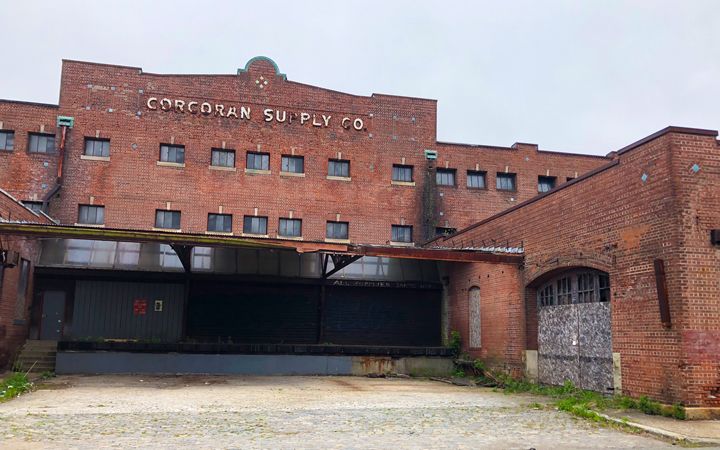
Before
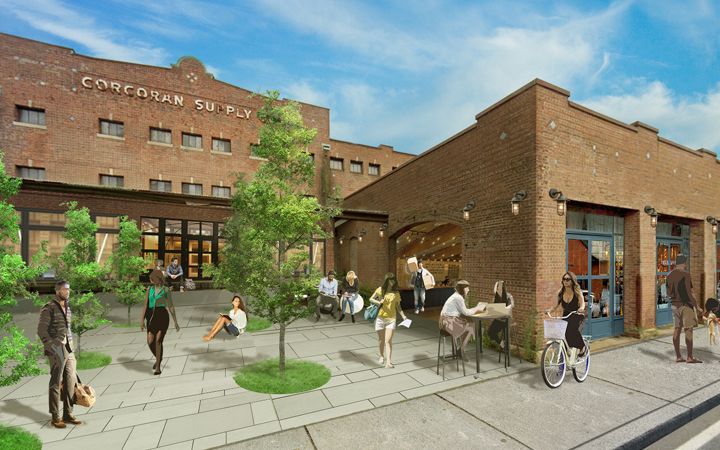
After
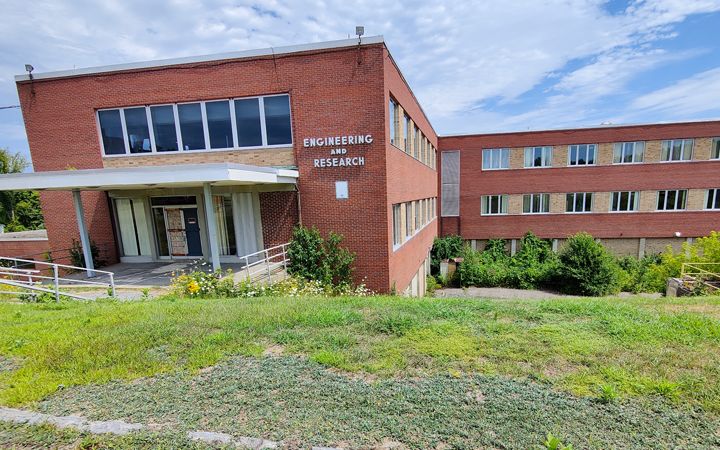
Before
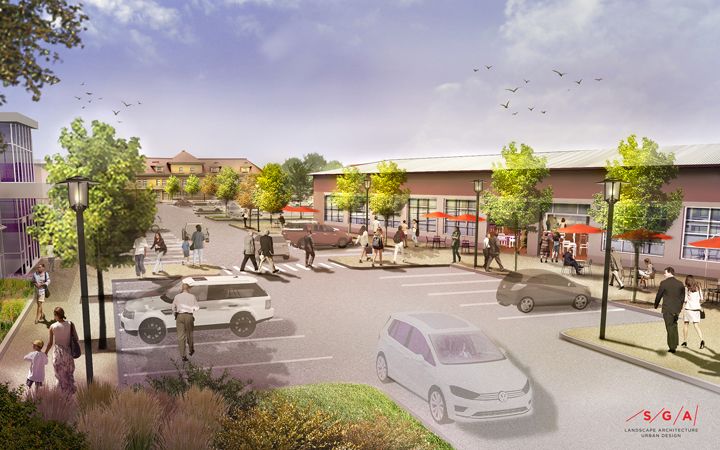
After
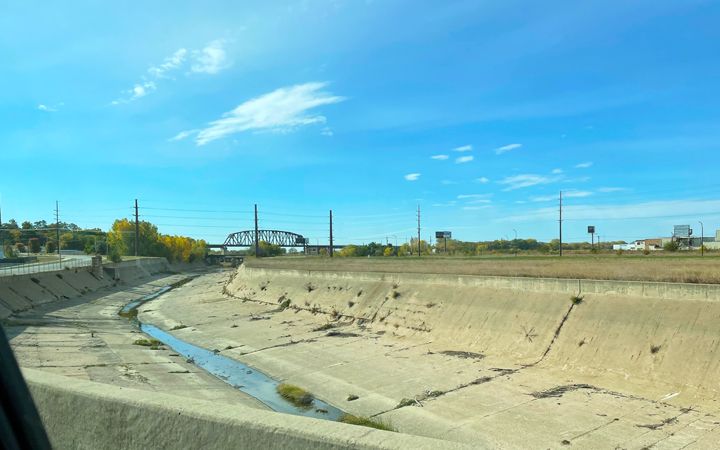
Before
